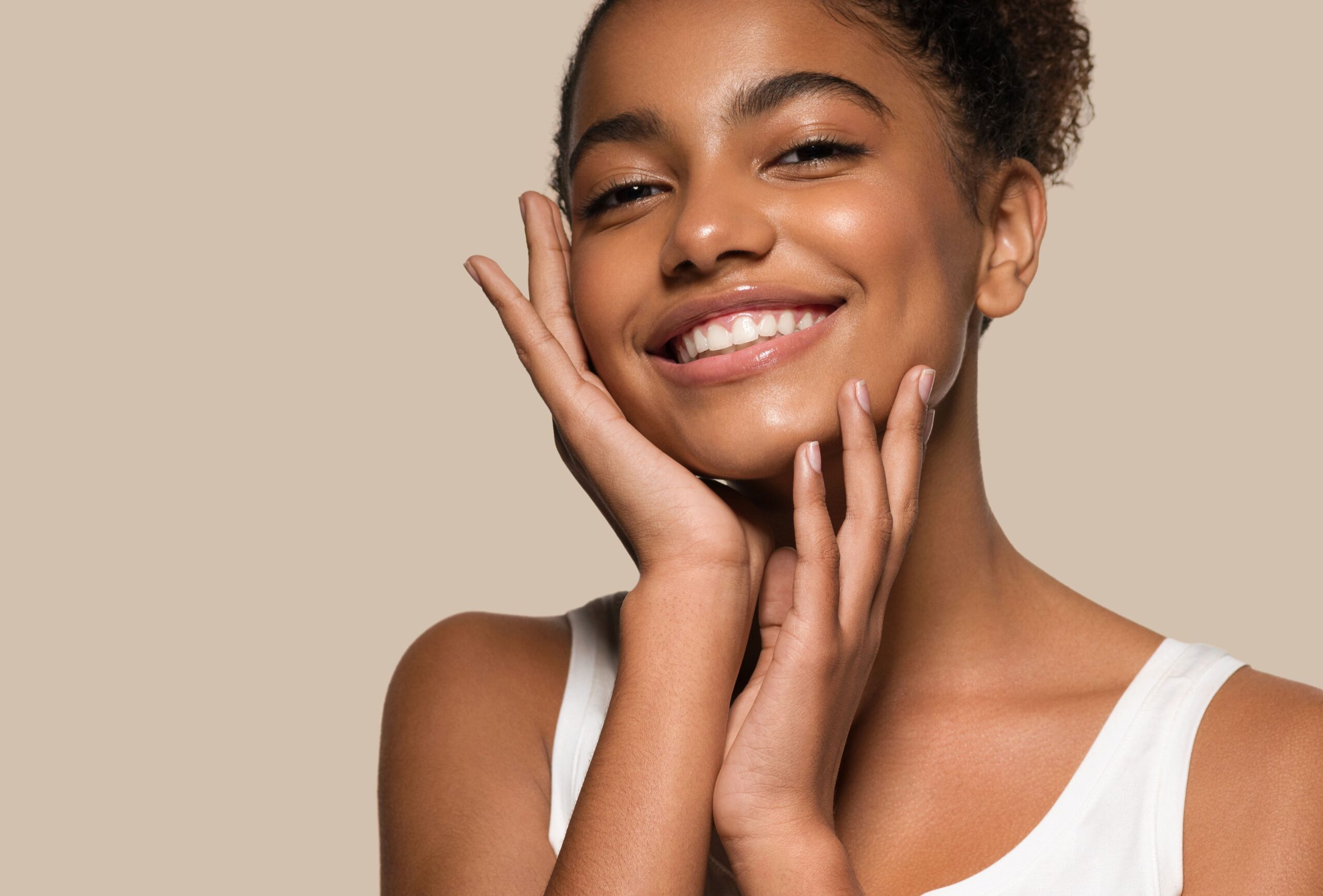
Low-Dose Naltrexone has been shown to benefit patients with a wide range of conditions with chronic pain, autoimmune diseases, and central nervous system disorders. Evolving research has continued to show its use for improvement in dermatologic conditions including Hailey-Hailey disease, psoriasis, vitiligo, sclerosis, alopecia, atopic dermatitis, pruritus and more.
As there is an increase in autoimmune disease manifesting in skin conditions that are challenging to treat, Naltrexone in low doses is able to influence many systemic pathways which includes our immune system. To break it down into what we experience physically, all skin conditions are associated with inflammation. LDN helps to decrease inflammation. So, with most skin conditions, it can be helpful to manage our symptoms.
Aside from low-dose naltrexone, it’s important to look at the whole self, this includes what we are putting in our body, and what’s in our environment. While it’s important to consult with your dermatologist and/or health and wellness team, there are things you can do in your daily life to minimize outbreaks or occurrence of symptoms.
Practice eating a healthy diet that includes lean protein, a variety of vegetables and fruits, and foods containing a high level of antioxidants like nuts and berries, which combat oxidative stress.
Stay hydrated with water, as water is essential for our skin’s health. If you tend to reach for a soda or alcoholic beverage for instance, consider decreasing your average intake and supplementing or following up with ample water.
Use a gentle skin care routine that includes natural and organic ingredients that do not irritate your skin.
Protect your skin from the sun with quality sunblock, or use of long sleeves to protect your arms and brimmed hats to protect your face. We still benefit from getting Vitamin D from the sun, but try to practice your exposure to the sun during the early morning hours instead of later in the day. Early in the day we’re able to obtain benefits from sunlight without the harsh UV radiation.
Focus on quality sleep, as insufficient sleep can negatively impact your skin.
Pay attention to anything physical that could potentially irritate your skin, and reduce your exposure to those items- this could range from fabrics, to fragrances, to any harsh chemicals. Sometimes it’s not the fabric, but the fabric cleaner or household cleaners that are affecting your skin.
Probiotics have been known to improve gut health and there is a link between our gut and our skin. Consider including probiotic- rich foods in your diet like yogurt or fermented beverages & foods, or you can take a hig-quality probiotic supplement.
Omega 3-Fatty Acids-found in foods like fatty fish, flaxseeds, and walnuts help to decrease inflammation which can benefit your skin. If you don’t have enough of these foods in your diet, you can take a high-quality supplement.
Herbal remedies have been known to have a calming effect on our nervous system, such as chamomile tea.
And finally, managing stress is a key factor to managing symptoms. As many of us have learned, stress has a way of manifesting itself in our body. Incorporate relaxing activities into your day and consider practices like breathing techniques, yoga or meditation.
References:
https://pubmed.ncbi.nlm.nih.gov/30909326/


